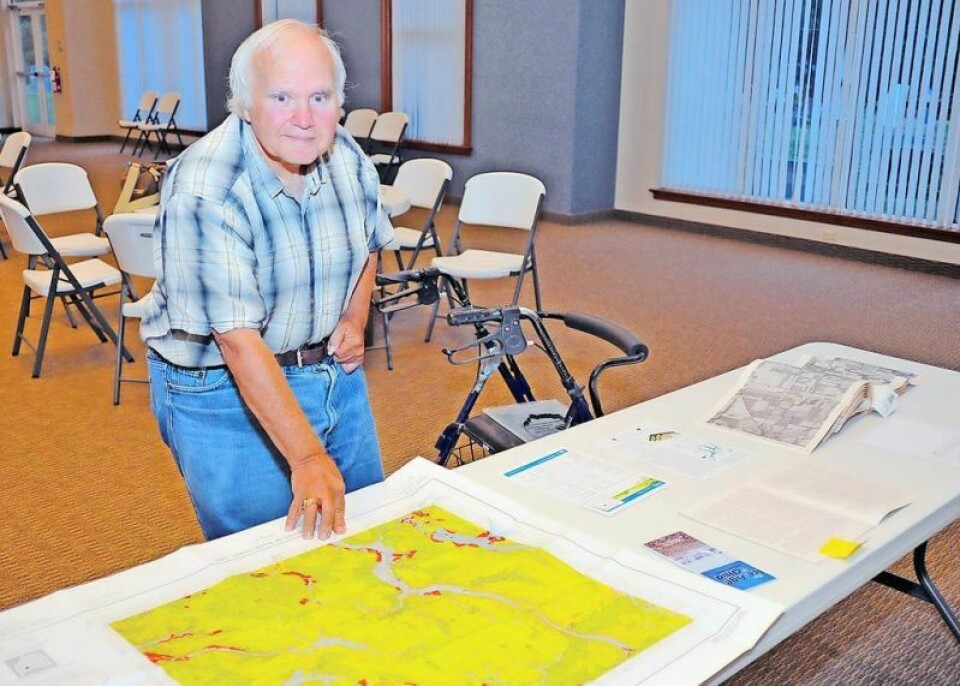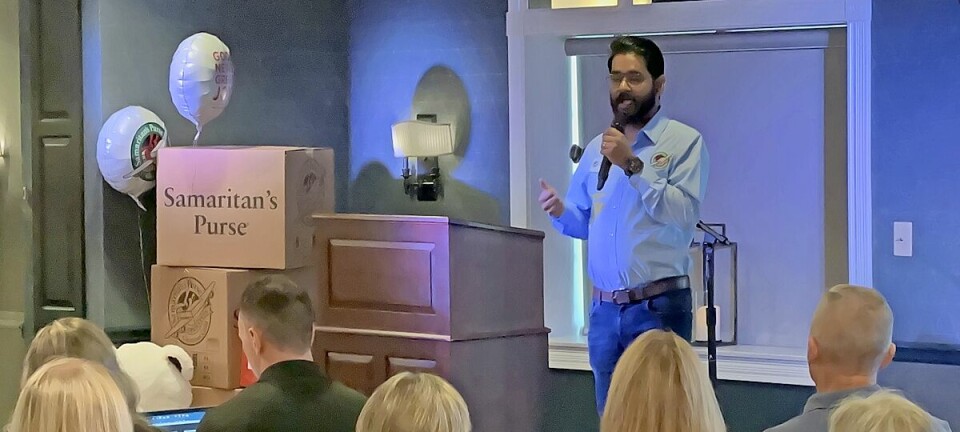Loss of prime farmland a concern in Wayne County

Wayne County’s farmland is a source of pride and a vital component of the agricultural industry. The state’s glacial history left a mark on the soil composition locally, making it one of the country’s best-suited areas for agricultural production.
The soil is so rich that the U.S. Department of Agriculture declared portions of Wayne County soil “prime” or “land with the best combination of physical and chemical characteristics for producing food, feed, forage, fiber and oilseed crops.”
How did it happen?
Thousands of years ago, massive glaciers carved their way into Northern Ohio, stopping and melting along the areas now known as Chester, Wayne, Green and Baughman townships. The melt deposited a mixture of finely ground rock, minerals and organic matter.
Retired Wayne County Ohio State University Extension Integrated Pest Management program coordinator Ron Becker understands the value of the area’s soil structure, and he is concerned progress may be ruining one of the area’s most valuable agricultural resources: prime farmland.
One part of the soil structure most people are familiar with is the topsoil — the top 5 or 6 inches right underneath our feet. According to Becker, that 6 inches of topsoil is dependent on the composition of up to 30 feet of soil underneath it, called subsoil.
“Compare the soil layers to a mattress with a pillowtop,” he said. “The springs below support the pillowtop and make it usable. The same is true of soil. The subsoil is an important factor of the soil as a whole, as is the topography.”
Construction projects, whether they involve building infrastructure, residential areas or commercial spaces, require extensive land excavation and grading. These activities remove the topsoil layer and compact and permanently damage the subsoil.
In a recently written paper, Becker described the composition of subsoil deposits the county loses when prime farmland is developed:
—Gravely soils: Contain large particle sizes and air spaces that allow for easy drainage and a firm base.
—Sandy soils: Contain smaller particle size, air space and surface area than gravel, allowing some moisture to adhere but still well-drained.
—Clay soils: Contain very small particle sizes and small air spaces that inhibit water movement through them. This impermeable characteristic protects groundwater from pollution and provides a sturdy base.
—Silt soils: Similar to a sponge, it holds moisture to a saturation point, allowing water to drain into lower ground layers.
Local subsoil is comprised of a unique combination of these layers.
In the agricultural community, the loss of this prime farmland is a growing concern. When farmland is developed, it is permanently destroyed. The food supply will decrease with less land and fewer farmers, forcing consumers to pay more at the supermarket.
“According to the USDA, in 2021 the U.S. lost 3,500 acres of farmland per day,” Becker said in his paper. “This is prime farmland that we’re talking about, not scrubby soils incapable of producing crops.”
Farmland preservation specialist Jessica Eikleberry works with Becker to protect the area’s prime farmland using tools like the Ohio Department of Agriculture’s Agricultural Security Area program.
An ASA arrangement with farmers secures land specifically for agricultural use. One or more landowners with at least 500 contiguous acres of land can request enrollment in an ASA for a 10-year period. During this time the owners may receive tax incentives for investments in agricultural infrastructure projects.
Since the inception of the ASA program in 2008, Wayne County has secured more than 7,000 acres of prime farmland, more than anywhere else in Ohio.
“It is all about what the farmer wants to do,” Eikleberry said. “We are here to support them.”
Read Becker’s informal paper, “An Oasis in the Desert,” at https://rb.gy/kd14t. For information about establishing an ASA, email Eikleberry at AgPlan@WayneOhio.org.
Dan Starcher is the public communications coordinator for the Wayne County government.

























